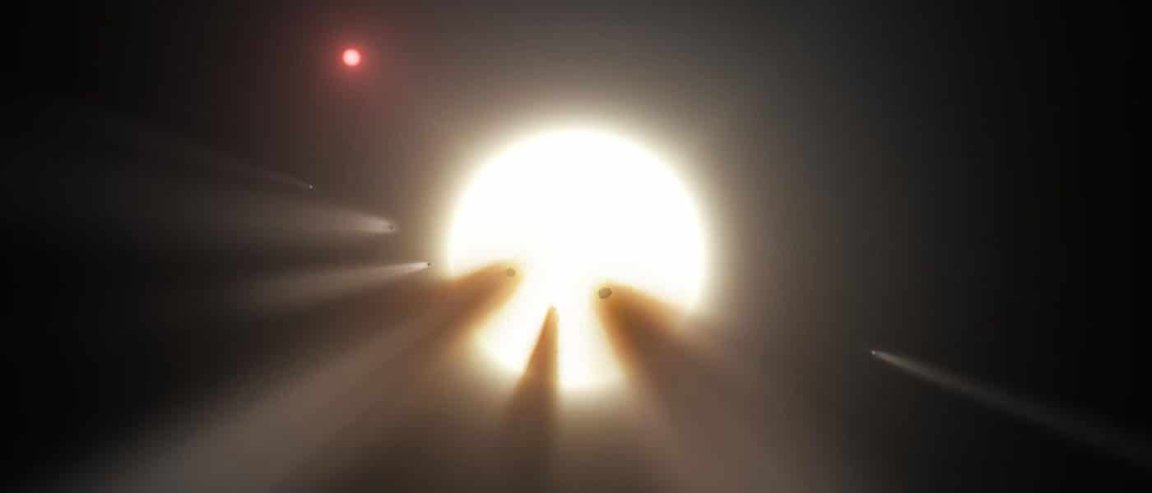
The New Space Workout
Being in space for extended lengths of time can place a great deal of physical stress on an astronaut’s body. The weightlessness associated with lack of gravity can cause health issues such as skeletal deterioration, back pain, and fluid collection in the upper body. Readapting to the conditions on Earth places even further stress and pressure on the lower body. To counteract these risks and improve overall health, scientists have invented a ‘space suction device’ that allows astronauts to exercise at their normal body weight.
Ultimately, such technologies are necessary if humanity is ever going to make it through extended space missions, like the ones that would be necessary to reach alien planets surrounding other stars.
The technology is called the Lower Body Negative Pressure (LBNP) device, and its purpose is to create an ‘artificial form of gravity.’ The device itself creates a seal around the person’s waist, giving the sensation of weight on the lower body.
A diagram of the device shows the astronaut resting with their back on a support structure, while running on what is, essentially, a vertical treadmill.

Regarding long-distance space missions such as those to Mars, these rehabilitative exercises are required to prevent chronic health conditions. “Crews get very little of this type of loading so their butts and feet are hypersensitive to touch after six to twelve months in space,” stated Alan Hargens, an orthopedic surgeon at the University of California, San Diego, who was responsible for co-developing the LBNP device.
The efficacy of the apparatus was tested during a trial involving 15 sets of identical twins. The experiment lasted for 28 days, where both sets of twins laid horizontally in bed. One set of twins did not exercise, while the others exercised using the LBNP mechanism for 40 minutes a day. After the trial had been completed, the results showed a substantial decrease in back muscle strength within the non-exercise group.
If successfully implemented, Hargens’ vision for the machine in the future would be to include a virtual environment that would allow astronauts to exercise while walking on the beach or in the mountains. A more compact version of the device was also mentioned for the possibility of prolonged Mars missions.
The Downfalls of Extended Space Travel
Other space agencies have taken to the test and developed this more compact version for space travel. Roscosmos State Corporation of Russia fabricated and tested their Chibis Suit aboard the International Space Station (ISS), although it could not be used for exercising.
The China National Space Administration also invented their own suit that allows users to perform squats inside the compressible tube. Unfortunately, such mechanisms are nearly weightless in space and could cause injury to astronauts. For extended space travel to Mars, for example, these could not prove worthwhile. Even with an LBNP device onboard for Mars missions, there would be no medical facilities on the planet that could assist with physical rehabilitation.
Hargens and his colleagues seem confident in the long-term effectiveness of their apparatus onboard long transits. The next big hurdle is in convincing the space agencies to support their idea.